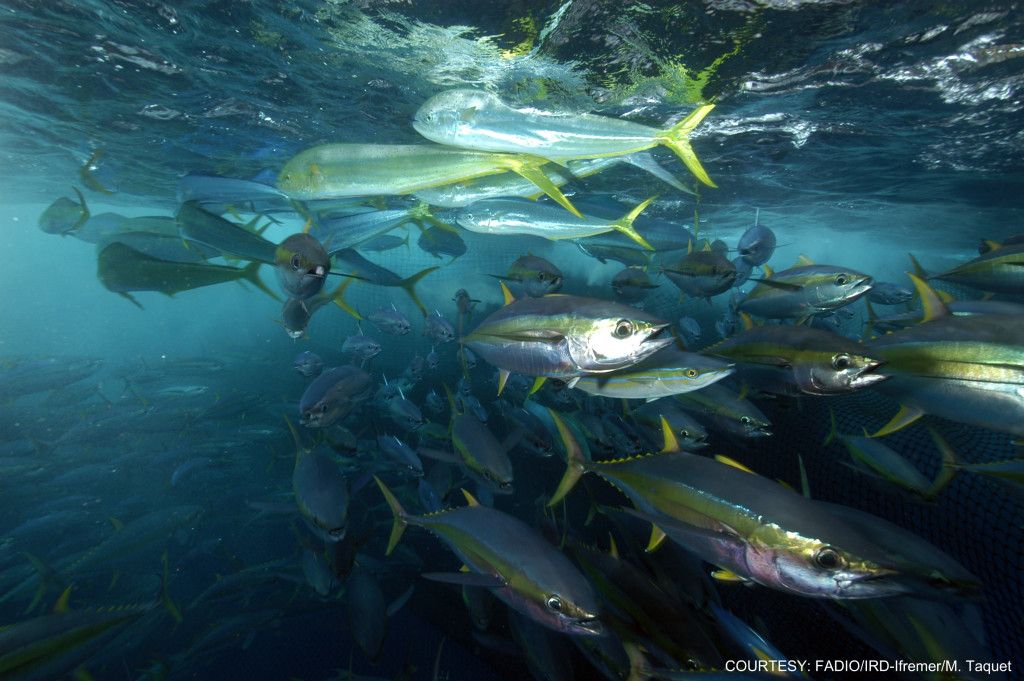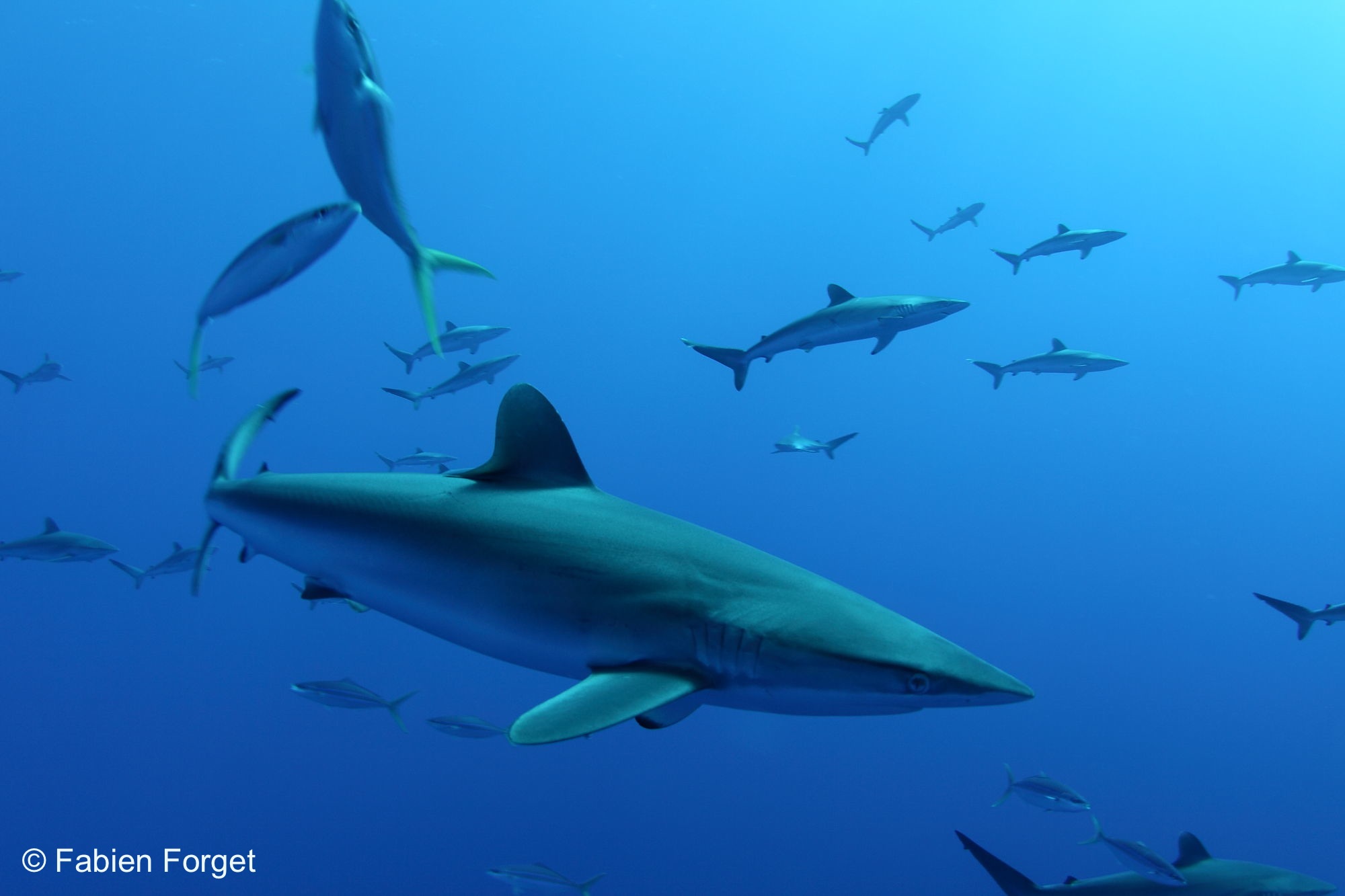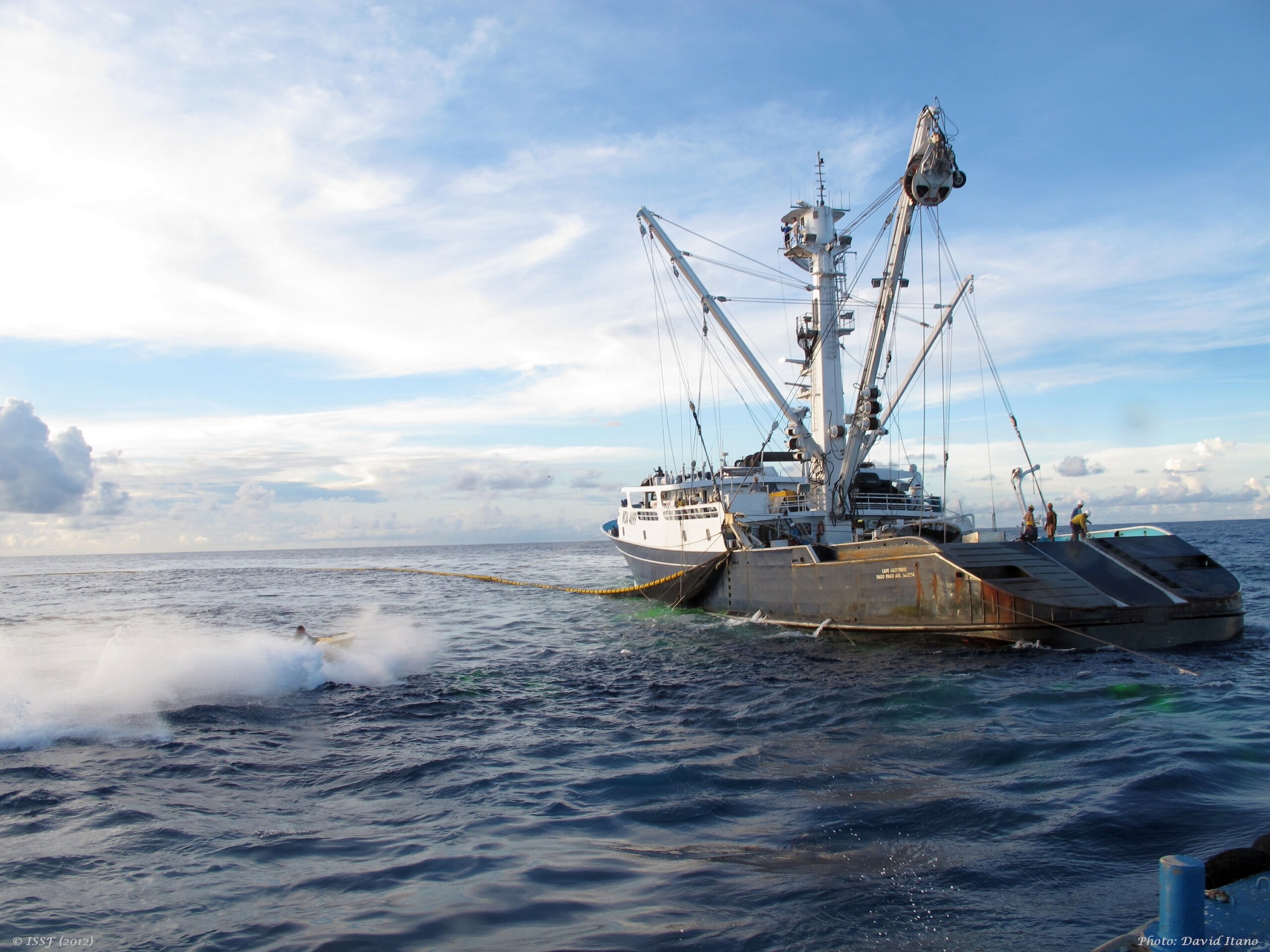
Decoding the acoustic signatures of bigeye and skipjack tuna at sea could help fishers estimate the number of fish by species and size — and reduce bycatch
Your lunchtime tuna melt or sashimi platter may seem tame, but the main ingredient probably was swimming wild in the tropics not too long ago. Although that wild existence makes your tuna tasty and firm, it limits the ability of fishers to distinguish between abundant tuna species and less abundant ones.
Let me explain.
Regional fishery management organizations (RFMOs) — not to mention the tuna fishing and processing industries — can’t make informed decisions without reliable data. That means they find it difficult to answer questions like,
- “How many skipjack, yellowfin and bigeye tuna can we harvest without compromising stock health?”
- “How can we avoid overfishing the less resilient tuna species such as bigeye and yellowfin?”
The Data Problem
While current vessel technology can predict the presence of fish in the water, it can’t reliably distinguish bigeye from plentiful, similar-sized skipjack (Katsuwonus pelamis) or yellowfin (Thunnus albacares) before the crew hauls the whole set aboard. That shortcoming hampers the development and practice of selective fishing techniques that fishers can use to identify and catch more abundant tuna species and avoid less abundant ones.
But now we — a team of scientists from ISSF and the marine research center AZTI —are working to improve standard fishing aids to crack the tuna-identification problem, one species at a time.
In a paper titled “In situ target strength of bigeye tuna (Thunnus obesus) associated with fish aggregating devices,” published July 23, 2019, in ICES Journal of Marine Science, we detail an innovative species-identification approach that capitalizes on two common technologies used for tropical tuna fishing:
- Echo-sounding gear that’s standard equipment on commercial purse seine tuna vessels
- Fish aggregating devices (FADs), which are floating structures that attract large numbers of fish in the open ocean
Although comparatively low-tech in design, a typical FAD features geolocation and echo-sounding hardware to estimate and report the quantity of fish swimming underneath, and to guide a fishing vessel to its position. FADs are significant because captures around them represent about 65 percent (or 1.72 million tonnes) of the tuna caught by purse-seine vessels in tropical seas per year.
One of the keys to using echo-sounders for species discrimination is knowledge of the acoustic target strengths at differing sound frequencies for each species. Each species displays distinctive echo patterns in response to echo-sounding pulses.
Our team broke new ground by:
- Measuring target strength values under actual fishing conditions, during a month at sea aboard a working purse-seine fishing vessel in 2014 and 2016.
- Investigating the echo response of bigeye and skipjack tuna to three different acoustic frequencies at FADs in the central Pacific Ocean.
Anatomy of an Innovation
A little technical background: When an acoustic wave strikes an underwater object, some of its energy reflects back to the source. That reflection provides clues to the object’s distance, size and physical makeup, as well as the presence of other nearby bodies. To a sound wave, most of a fish’s tissues are practically transparent; acoustic energy passes through aquatic creatures almost as easily as it does through water.
However, most fish possess an organ — the swimbladder — that happens to be an excellent acoustic reflector. Up to 95 percent of the signal an echo-sounder picks up from a typical fish consists of energy rebounding from its swimbladder.
Marine scientists and fishing fleets measure these echoes in terms of target strength. Depending on the frequency of the echolocation pulse, the target strength of a bladderless fish is lower than the target strength of a bladder-bearing fish of similar size and shape.
These results are exciting because they point the way toward practical applications for acoustic discrimination between the bigeye and skipjack, as well as direct, accurate estimation of the abundance of all tuna species caught at FADs.
Our findings pave the way to advance the already-existing drive for economical, selective targeting of certain species. More selective species targeting helps reduce wasteful bycatch and mortality among less abundant species.
For an illustrated, less technically detailed account of our research, see our recent PLOS One research article, “Towards acoustic discrimination of tropical tuna associated with Fish Aggregating Devices.”


